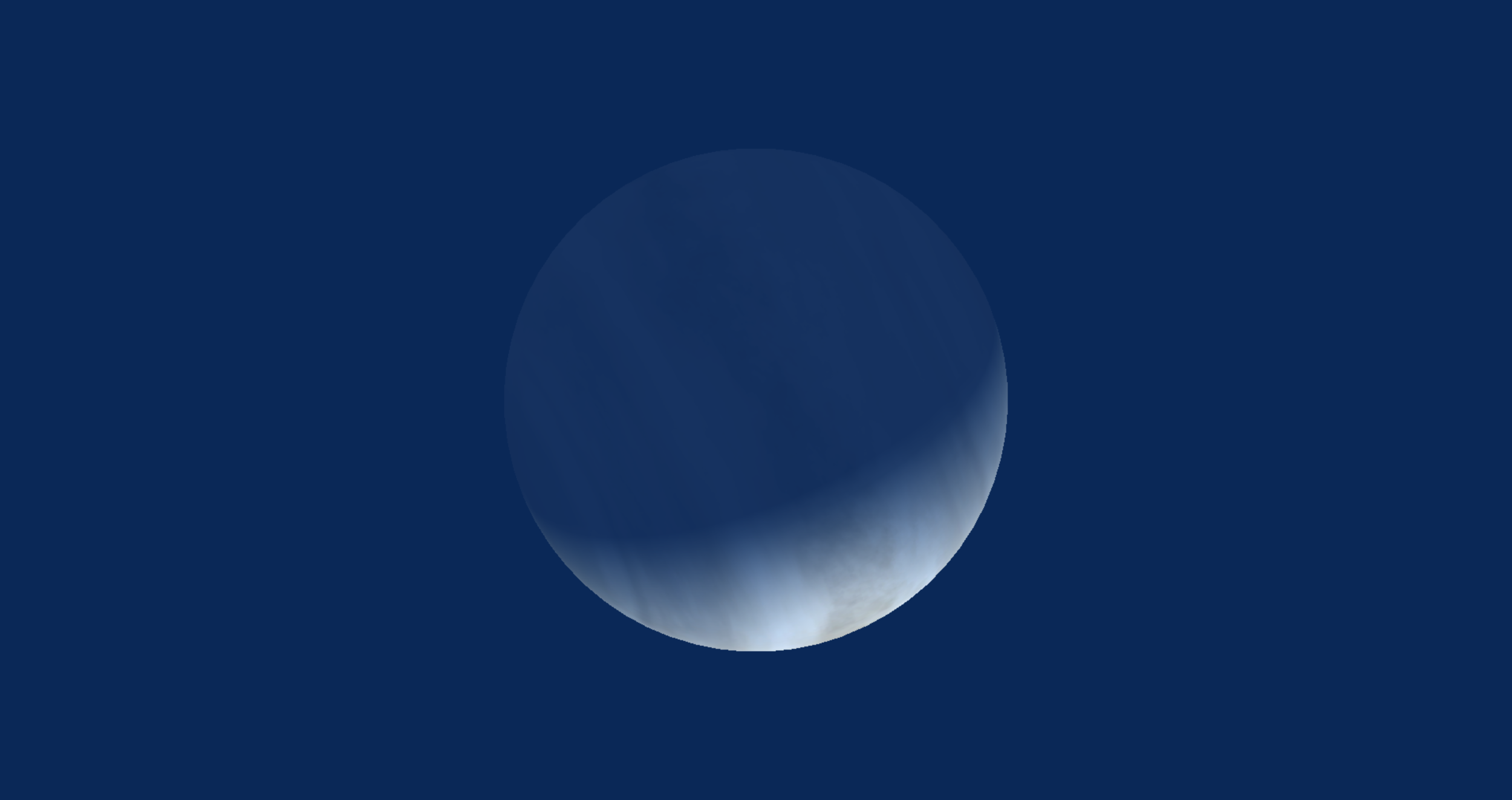Autumn is a great time to get started with astronomy for so many reasons, here are a few!
Read MorePhosphine on Venus, Mars nearing opposition, comet NEOWISE from Hubble, exploring a twin Sun, there’s so much happening right now that we’ll defer to Dr. Becky Smethurst and her incredible YouTube channel to bring us up to speed on this month’s news!
Read MoreOur Moon is one of the most fascinating objects to study in the night sky, for both amateurs and professionals alike. There is a downside however, for about a week on either side of Full Moon, its light is so powerful that while it’s above the horizon it can drown out most of the fainter targets like clusters, galaxies and even some stars.
With New Moon happening tomorrow, this is prime time to get outside and try to track down those fainter objects while the Moon is sufficiently hidden!
Read MoreA Brazilian amateur astronomer just made a rare discovery of a new asteroid that orbits the Sun once every 3.26 years. While automated professional observatories both in space and ground-based are constantly searching for new planetary objects to catalog, this discovery serves as a reminder that given the vastness of space, there’s room for everyone to contribute!
Read MoreScientists have just confirmed the existence of phosphine gas in the upper atmosphere of Venus, but what does this tell us? And how can we know this?
Read More“For small creatures such as we the vastness is bearable only through love.” - Carl Sagan
Read MoreWe don’t often think of our home Earth as a planet, but not only is it a terrestrial planet, it’s also incredibly interesting to scientists as it’s the only planet known to harbor life. Researchers study different regions of Earth in order to better understand how life formed and how we might search for it more effectively in our Solar System and beyond.
Read MoreMars is getting ready to make a stunning appearance in the next month, but you can start observing throughout September.
Read MoreJupiter’s Great Red Spot has been active for at least the past 150 years when we’ve had the technology necessary to study it, and there’s lots of evidence to suggest it’s been going on even longer before that. At twice the size of Earth, it dwarfs any storm on Earth by several orders of magnitude and has sustained winds in excess of 400 mph.
Read MoreWhy get into amateur astronomy? While every stargazing enthusiast has their own story, there are so many positive benefits in learning about the universe that surrounds us that it’s worth more discussion!
Read MoreSeptember is rich with opportunities for planetary viewing. In fact, dedicated observers can technically view all five naked-eye planets this month.
Read MoreWhen it comes to lunar observing, with or without optical aides like a telescope, there are countless printed atlases, mobile apps and poster charts readily available. One of the more interesting offerings is Google Moon, an online interactive atlas of the Moon that lets you view images from the Apollo missions, elevation maps and visual features all from the comfort of your computer or device.
Read Morehe Apollo program was one of the most documented efforts in human history, from the design, development and execution almost every step was preserved through written records, personal accounts, documentary footage and photographs. While a handful of images are instantly recognizable the world over, the overwhelming majority of images and tape have never been widely circulated.
Read MoreWith the Full Moon occurring overnight, this is a great time to view some of the larger features such as mountain ranges, lunar seas (or “mare,” ancient lava flows) and prominent impact craters. We’ll be hitting some highlights this week as the Moon traverses further eastward each night, rising later into the evening.
Read MoreMoving beyond the boundaries of our own Milky Way galaxy, the next major celestial landmark we encounter is the Andromeda Galaxy, 2.5 million light-years from Earth. Best of all, it can be viewed from Earth on a clear night with the unaided eye, as it’s roughly four times wider than the disc of the full Moon.
Read MoreYou’ve probably heard the Milky Way mentioned many times. You also probably have some understanding of it being our own galaxy. But did you know that it’s by far the largest target in the entire night sky?
Read MoreWhen we look up at the sky from our home planet, we have no useful sense of depth perception for celestial objects. It’s for this reason that our next step might seem surprising. Moving out from the Solar System, the next things we encounter are the stars, specifically the stars close enough to be individually resolvable that form the constellations.
Read MoreThe next step out on the cosmic ladder are our closest neighbors, the Moon and planets. With the smoke affecting the majority of our local viewing, these are the only objects on the cosmic ladder that most of us will be able to spot this week.
Read MoreThis week we’re ascending the “cosmic ladder” once again, but this time we’ll focus on objects you can see at every step along the way without the need for any special equipment!
The first step on our journey is right outside: Earth’s atmosphere. Everything we see from the ground is viewed through the thin veil of atmosphere that encloses our planet, but sometimes the atmosphere itself is worth looking at. Most people know about the aurora displays, but there’s another lesser known effect called “airglow” that’s visible anywhere.
Read MoreSagittarius is one of the richest summer constellations, positioned near the very center of our own Milky Way. Resembling a teapot, this constellation is home to myriad nebulae and dense starfields, viewed equally well with good binoculars or a small telescope.
Read More













